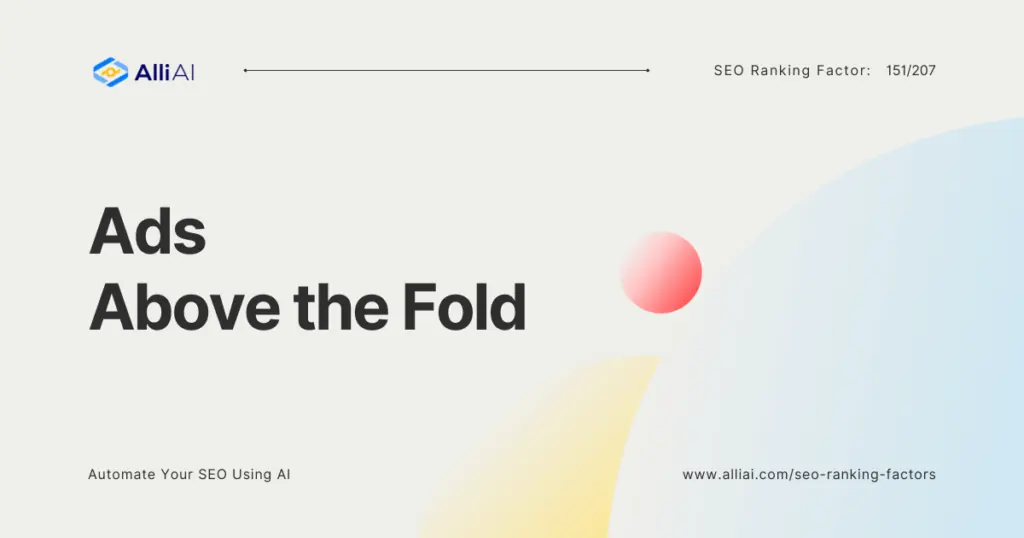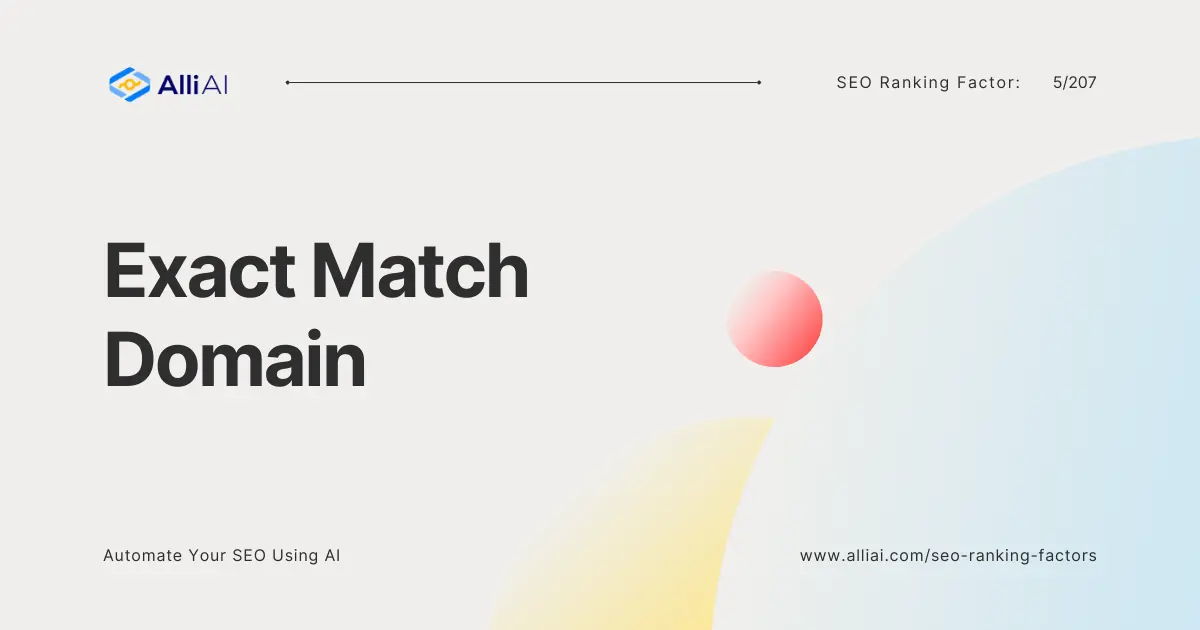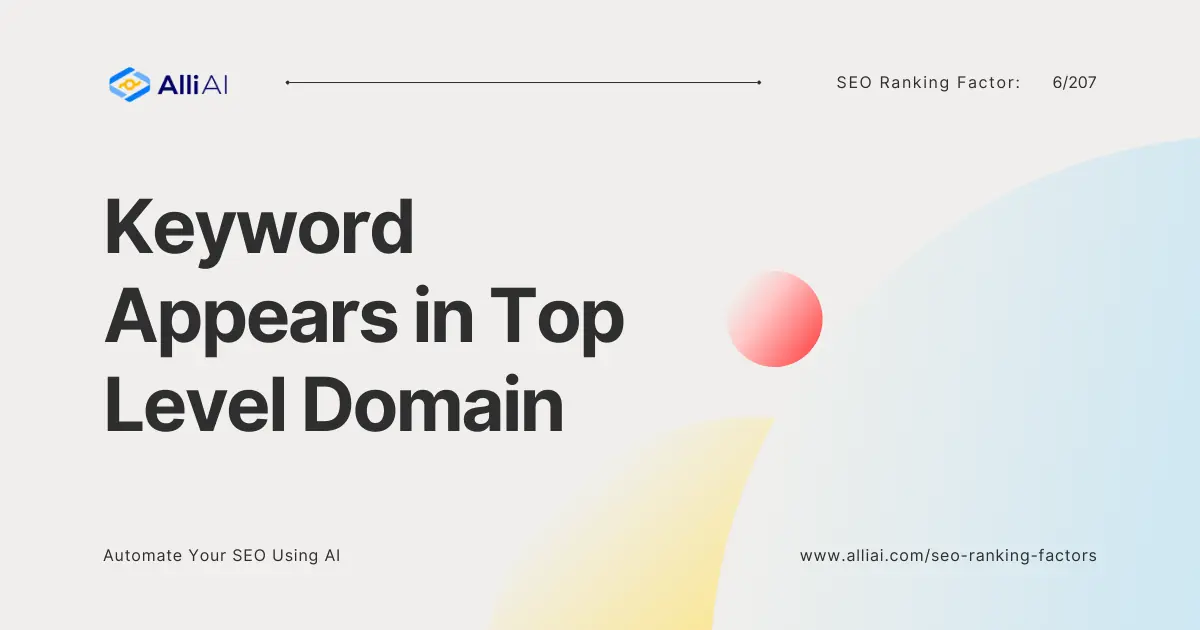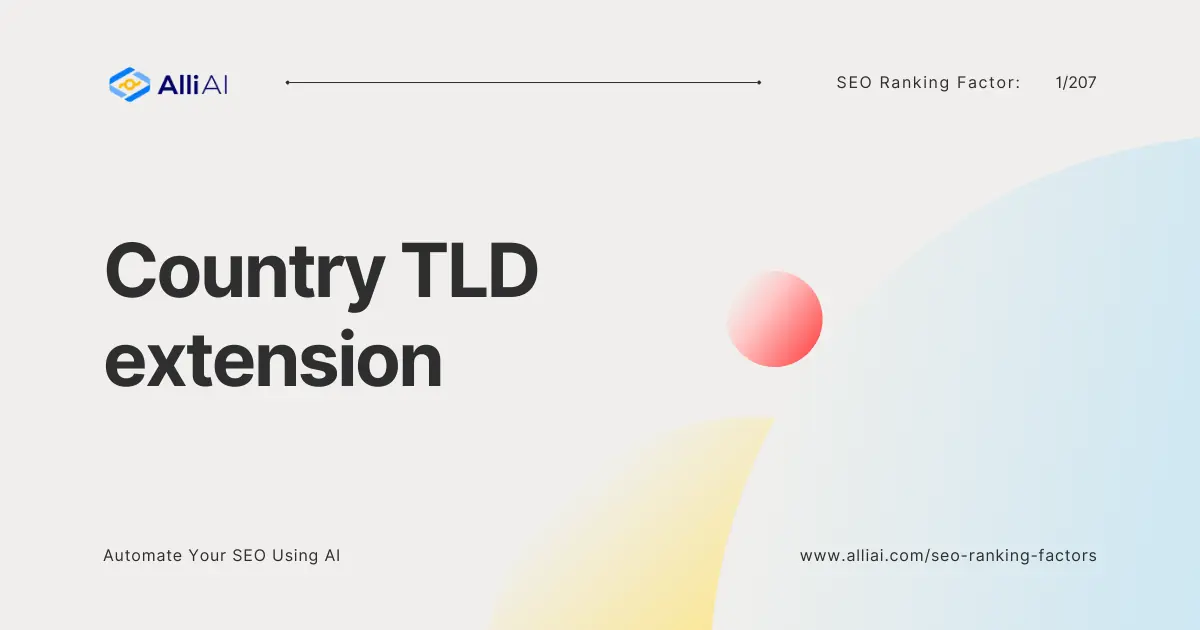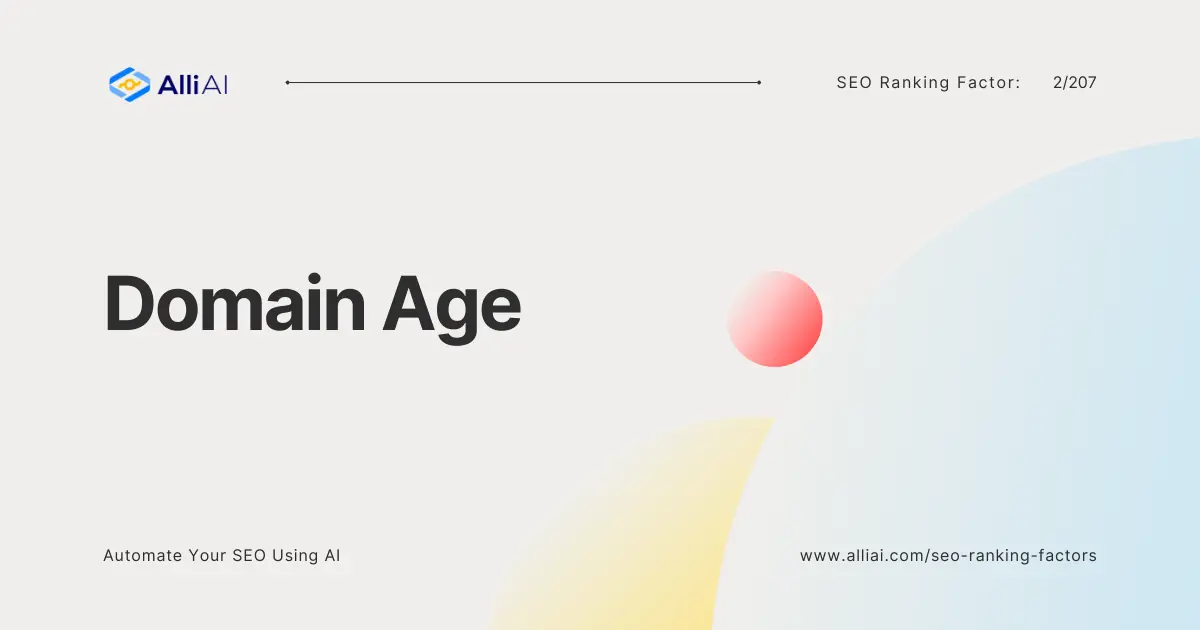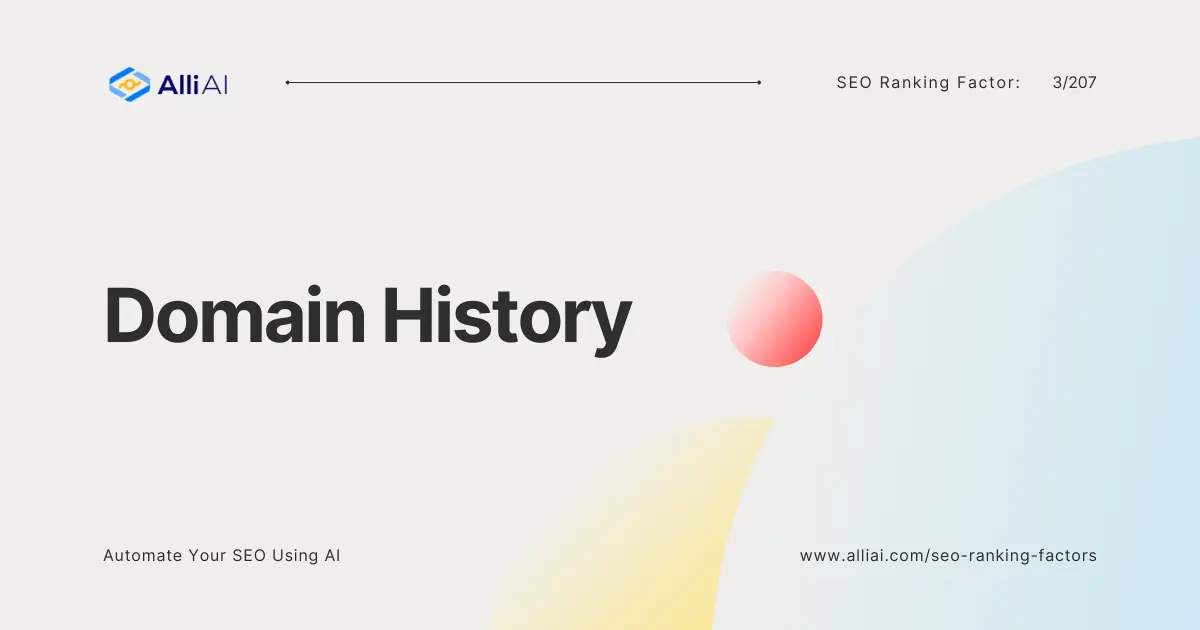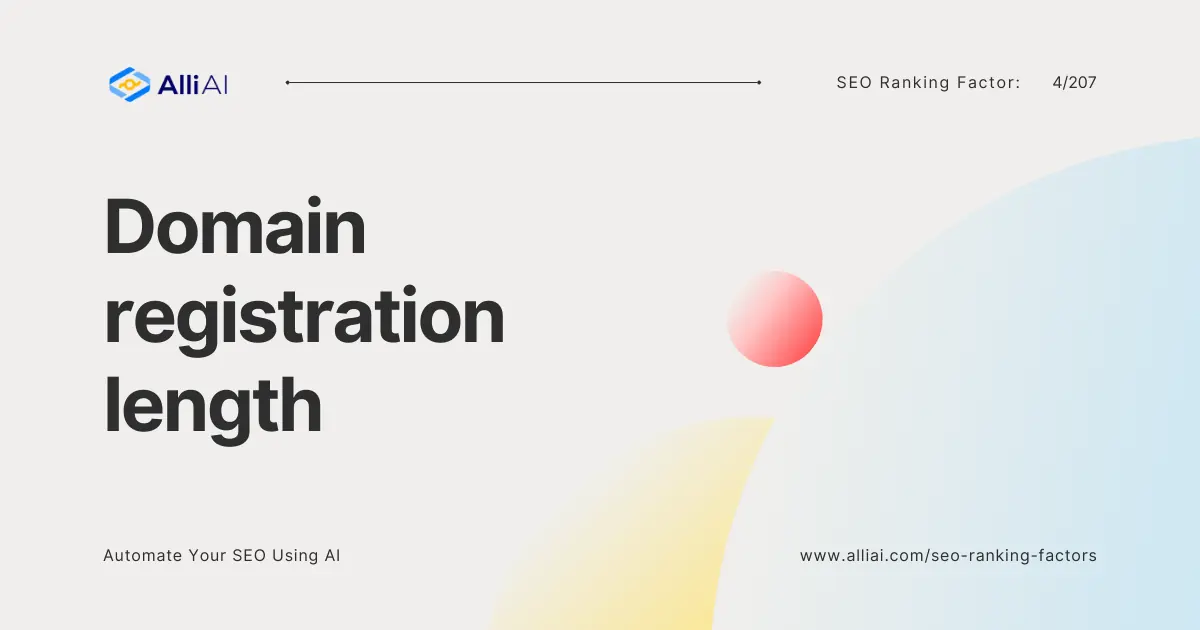Explanation of Ads Above the Fold
To understand this ranking factor, let’s delve into what “Above the Fold” refers to. Originating from the newspaper industry, where the most pertinent stories are placed on the upper half of the front page (above the fold of the paper), in web design, this term translates to any content viewable without the need for scrolling. Thus, Ads Above the Fold are advertisements placed in this prime screen real estate, immediately visible upon webpage load.
Imagine you’re at a crowded marketplace. Booths that catch your eye immediately upon entering are analogous to content placed above the fold on a website. Ads positioned in this prime location are like the vendors who make the first pitch to you, grabbing your attention before you delve deeper into the market.
Why is Ads Above the Fold important in SEO?
Search engines like Google place immense emphasis on delivering a positive user experience (UX). Strategic placement of ads above the fold can offer benefits:
- Increased Visibility: Naturally, ads in this location receive more exposure, potentially leading to higher click-through rates (CTR).
- Engagement Potential: If relevant and non-intrusive, these ads can pique user interest, contributing to overall engagement.
Google’s Page Layout Algorithm
Introduced in 2012 and periodically updated, Google’s Page Layout Algorithm specifically targets websites that load the above-the-fold area with excessive ads. This algorithm reflects Google’s commitment to user-friendly site layouts. Websites found non-compliant may suffer reduced search visibility, underscoring the need for balance between ad placement and content richness.
Best Practices for Placing Ads Above the Fold
Moderation is Key: Limit the number of ads to avoid overwhelming users. Ideally, ads should not occupy more than 30% of the above-the-fold space on a desktop view and 50% on mobile.
Optimize Ad Size and Load Times: Use optimized ad sizes and asynchronous loading techniques to minimize the impact on page load times. Tools like Google’s PageSpeed Insights can help assess and improve this aspect.
Ensure Content Visibility: Ads should complement rather than dominate the user’s view. Strategic placement that integrates ads seamlessly with content can enhance rather than detract from the user experience.
How Ads Above the Fold affects SEO?
Studies have shown that content above the fold enjoys 73% more visibility than content located below. This statistic underscores the importance of strategic ad placement. However, it’s essential to understand that an excessive number of ads above the fold can be detrimental. Google’s Page Layout Algorithm, introduced to penalize websites with too much ad content above the fold, signifies the balance websites must maintain. This algorithm adjustment indicates that while ads in this prime location are valuable, they should not compromise the quality of the user experience.
FAQ
How many ads above the fold are considered too many by search engines?
While there’s no definitive number, the rule of thumb is to ensure ads do not dominate the available space above the fold. Ensuring content visibility and accessibility should always be the priority. Websites should aim for a balanced ratio where ads support rather than overshadow the content.
Can placing ads above the fold negatively affect page loading times?
Yes, ads can impact page loading times, particularly if they are high in size or volume. Since page speed is a ranking factor for Google, it’s crucial to optimize ad size and placement to minimize impact.
Do ads above the fold improve ad visibility and performance?
Absolutely. Ads placed above the fold are more likely to be seen and interacted with, leading to higher click-through rates (CTR). However, this should always be balanced with providing a positive user experience to avoid penalties from search engines.
Conclusion
Ads Above the Fold carry a significant weight in the realm of SEO. While they offer the potential for enhanced visibility and increased engagement, their placement must be judiciously planned and executed. Overloading this prime webpage territory can backfire, leading to penalties from search engines and a poor user experience. SEO professionals and website owners alike must navigate this aspect of website design with a balanced approach, ensuring ads complement rather than compromise the valuable content that draws users in the first place. In the constantly evolving landscape of SEO, keeping abreast of algorithm changes and user engagement metrics is paramount, making the strategic placement of Ads Above the Fold an essential consideration for any website aiming to optimize its search engine rankings and user interaction.
